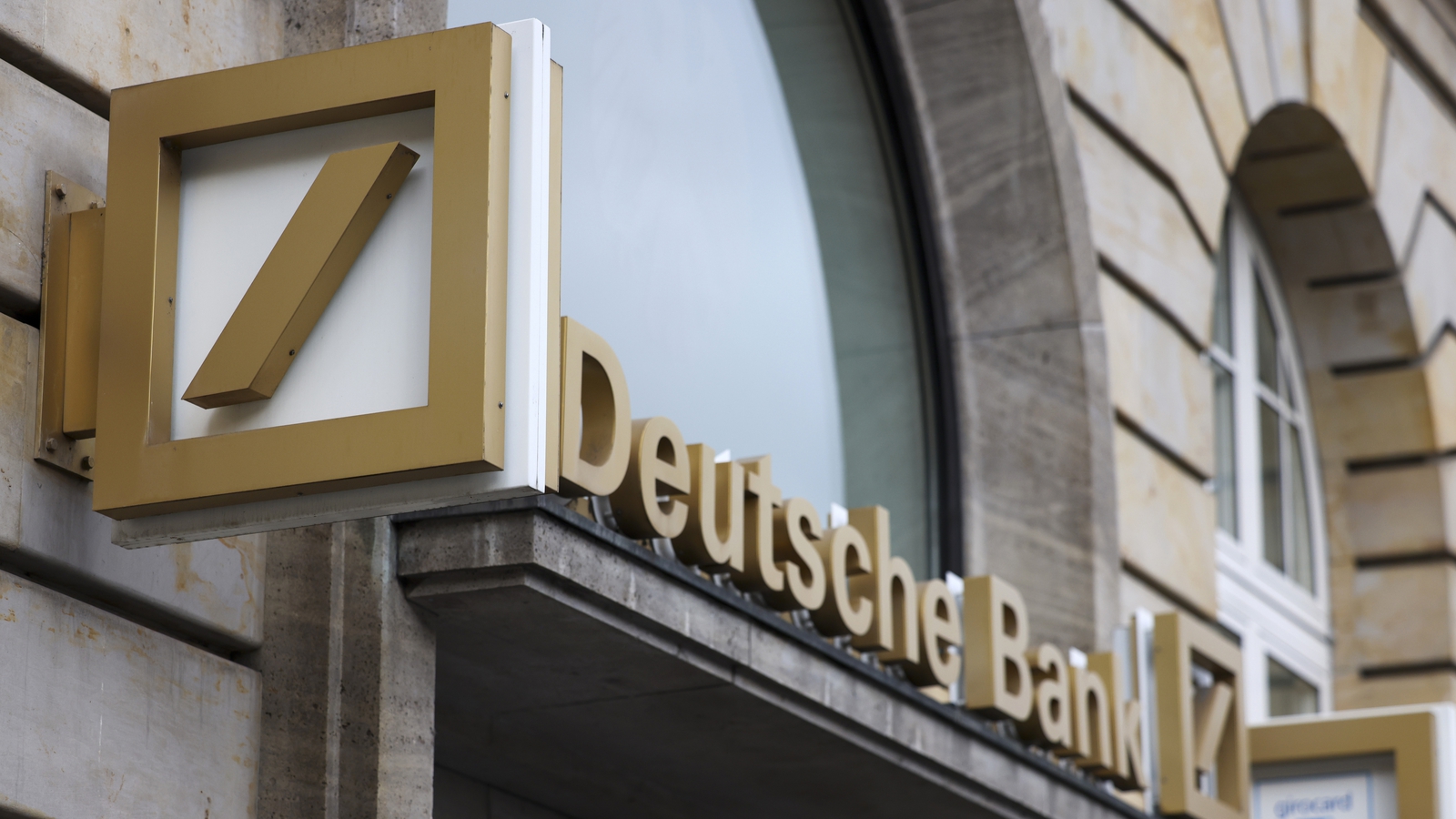Bussiness
European banks’ earnings in focus this week

Some of Europe’s biggest banks report their second-quarter earnings this week, with all eyes on whether the gains from higher interest rates have run out of steam and if recent political drama is weighing on sentiment.
The European Central Bank is expected to cut interest rates for a second time in September, but so far banks’ earnings have proved surprisingly robust and their shares have continued higher.
JP Morgan analysts said European banks’ sensitivity to rates remains low along with the proportion of customers shifting cash to higher paying accounts and they expect the amount banks earn from loans minus what they pay on deposits – net interest income (NII) – to remain strong.
Still, with expectations high and share prices near nine-year peaks, the experience of US banks reporting this month signals “no tolerance for NII disappointment”, they added.
A busy Wednesday sees the euro zone’s two largest lenders by market value, Spain’s Santander and France’s BNP Paribas, report for the April to June period, alongside Germany’s Deutsche Bank and Italy’s UniCredit.
Spanish bank Sabadell, the subject of a hostile takeover offer from rival BBVA, reports tomorrow. Its results will be watched closely as it seeks to convince shareholders it is better off alone.
On Thursday, Britain’s Lloyds Banking Group gets the UK banks going, with NatWest on Friday and Barclays and HSBC next week.
The Irish banks are also due to report their quarterly results over the coming weeks, with Bank of Ireland due to report on July 29, Permanent TSB on July 31 and AIB on August 2.
Spain’s Bankinter said last week its lending income held up well in the second quarter thanks to rates remaining higher than expected. It raised its 2024 NII outlook and its shares jumped.
“Our forecast is that profitability should remain quite solid,” said Elena Iparraguirre, who follows European banks at S&P.
Iparraguirre said she would be watching the “magnitude of the NII compression and how it evolves quarter after quarter” to give a better sense of the outlook for banks going into 2025.
European bank shares have climbed 20% this year compared to a 7% gain for the Euro STOXX 600, fuelled by €120 billion of promised dividends and share buybacks.
Yet most lenders still trade below their tangible book value, dogged by concerns about the sustainability of their profits.
JP Morgan analysts note that Europe’s banks trade at a 43% discount to US peers based on two-year forward price-to-earnings ratios, versus a historical average of 27%.
French banks, BNP Paribas and Societe Generale tumbled in June after President Emmanuel Macron called snap parliamentary elections following a jump in support for populist parties at European elections.
Investors will be keen to hear from lenders about the outlook given their concerns about the prospect of a less market-friendly left-wing government in Paris.
European banks with big investment bank arms should benefit from rising investment banking activity including higher underwriting and advisory fees.
Analysts are forecasting a strong quarter for divisions at the likes of Deutsche Bank and UBS – which reports on August 14 – after Wall Street banks reported better-than-expected results.
Revenues from equities trading should beat the same quarter in 2023 while income from fixed income, currencies and commodities (FICC) will remain subdued, analysts said.
Deutsche Bank is forecast to buck the trend for profits, however, and report a second-quarter loss, breaking 15 consecutive quarters of being in the black amid an investor lawsuit over its Postbank division.










